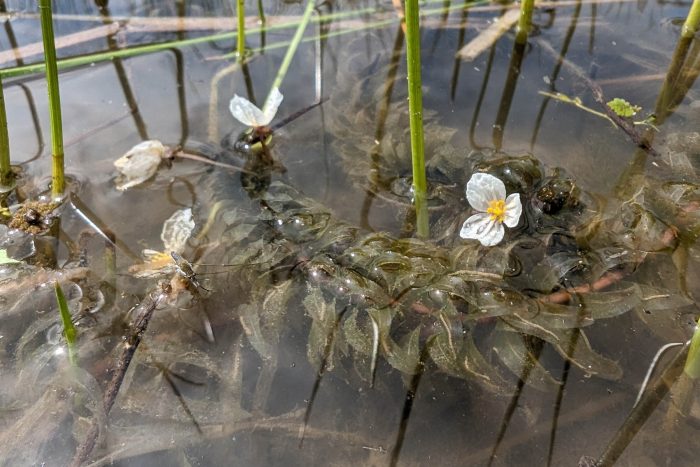Brazilian Waterweed
Egeria densa
Similar to hydrilla in appearance and growth, Brazilian waterweed is recognizable by its stem and whorls of two to six small leaves and can be found throughout the watershed. This non-native plant can be a nuisance since it will form dense mats that can restirct water movement.

